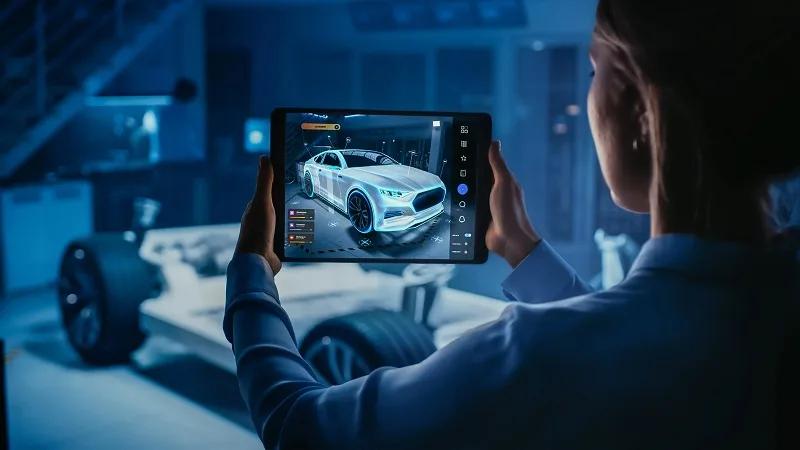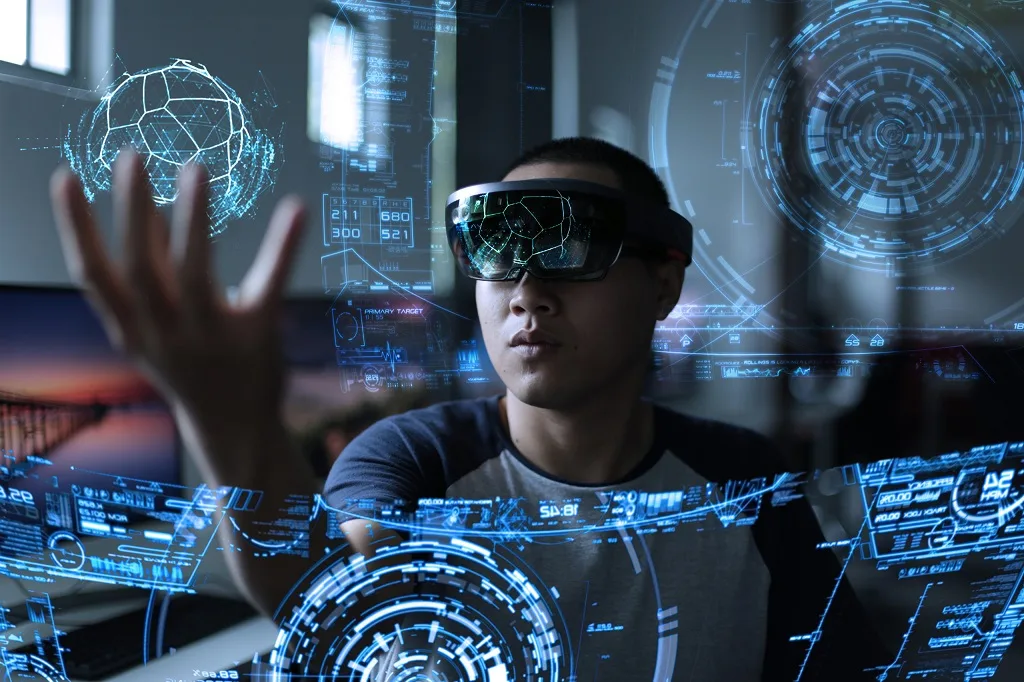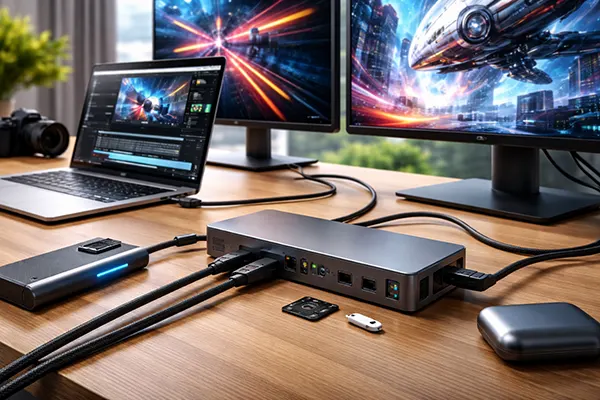
Exploring the Future of Augmented Reality Technology
Augmented Reality (AR) refers to technology that overlays digital content, such as images, sounds, or other data, onto the real world, enhancing the user’s perception of their environment. AR differs from Virtual Reality (VR) in that it does not create a completely artificial world but instead adds digital elements to the physical one. The origins of AR can be traced back to the 1960s when computer scientist Ivan Sutherland developed the first head-mounted display, laying the groundwork for future AR innovations. However, AR as we know it gained mainstream attention in the early 2010s, particularly with the launch of smartphones capable of handling AR-based applications.
The true turning point for AR came with the release of games like “Pokémon Go” in 2016, which used location-based AR to engage users on a massive scale. This catapulted AR into public consciousness, demonstrating its potential for entertainment and practical applications. Since then, AR has been widely adopted across various industries, from retail to healthcare.
How Does Augmented Reality Work?
At its core, AR relies on a combination of hardware and software to function. AR systems typically use cameras, sensors, and processors to capture the user’s surroundings, interpret the data, and overlay digital elements onto the real world. AR applications are usually deployed through smartphones, tablets, or specialized headsets such as Microsoft HoloLens or Google Glass. These devices combine computer vision, simultaneous localization and mapping (SLAM), and other advanced technologies to detect surfaces and objects in the real environment.
AR content is generated and aligned with the physical world using algorithms that understand the position and orientation of the user’s device in relation to the surrounding environment. This allows users to interact with virtual elements in real-time, making the experience seamless and intuitive. For instance, a furniture app might let users visualize how a new sofa would look in their living room by overlaying a 3D model of the item onto a real-time camera feed.
Where Is AR Already Being Used?
AR has found numerous applications across a variety of industries. One of the most prominent areas is retail, where companies like IKEA have developed AR apps to allow users to preview products in their homes before purchasing. This has been a game-changer in the e-commerce sector, enhancing the shopping experience and reducing return rates.
In healthcare, AR is being used for medical training and surgical planning. Surgeons can use AR to visualize a patient’s anatomy in 3D, aiding in more precise operations. AR is also transforming the education sector by making learning more interactive; students can explore historical landmarks or dissect virtual organisms using AR-enhanced textbooks and apps.
Moreover, AR is increasingly used in marketing, with brands leveraging it to create interactive advertisements and immersive customer experiences. It has also found its place in navigation, with apps that overlay directions onto the real world, making it easier for users to find their way.

Where Can AR Still Be Used?
The potential applications of AR are still being explored, and many industries are on the cusp of adopting it. One promising area is the automotive sector, where AR can be used to enhance the driving experience. AR windshields, for example, could display essential information like speed, navigation, and hazard alerts directly in the driver’s line of sight, improving safety and convenience.
AR could also revolutionize real estate, allowing prospective buyers to take virtual tours of properties without ever setting foot inside them. This would not only streamline the home-buying process but also provide buyers with more detailed and personalized experiences.
Manufacturing and industrial sectors can benefit from AR in training and maintenance. Workers could use AR headsets to receive step-by-step instructions or overlay virtual models onto real machinery for troubleshooting. This would drastically reduce downtime and enhance productivity.
Lastly, AR in tourism could offer visitors interactive experiences at historical sites or museums, enriching their visits with immersive narratives and information layers that bring exhibits to life.
Future Prospects of Augmented Reality
Looking ahead, AR is poised to become a critical component of everyday life, with advancements in hardware and software enabling more seamless integrations into various aspects of society. One of the key trends is the development of AR glasses that are more lightweight and accessible to the general public. This could lead to a future where AR is used as casually as smartphones are today.
The rise of 5G networks will also play a crucial role in the evolution of AR, providing the low latency and high bandwidth needed for more sophisticated applications. This will likely lead to the proliferation of AR in smart cities, where digital information could be overlaid on public spaces, providing real-time updates on everything from traffic to public services.
Finally, the convergence of AR with artificial intelligence (AI) will open up even more possibilities. AI-powered AR could provide personalized experiences based on individual preferences and behavior, making AR not just a tool for entertainment and convenience, but a vital part of how we interact with the digital and physical worlds.




